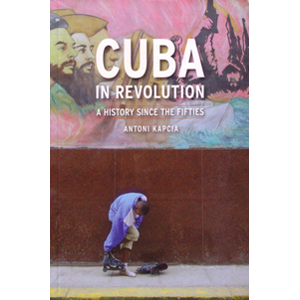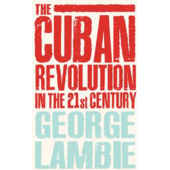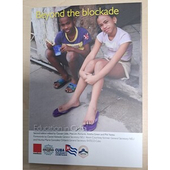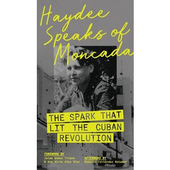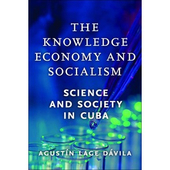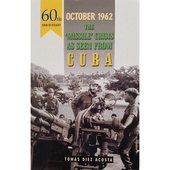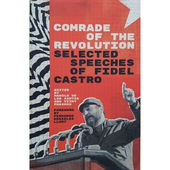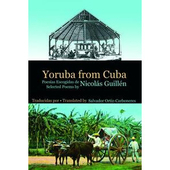Cuba in Revolution
Author Antoni Kapcia
A superb account of the last 50 years of the Cuban revolution. Kapcia structures his account as a series of ongoing dynamic transformations fuelled by revolutionary ideals but activated by inclusive debate. Throughout this thoroughly researched account, Kapcia does not conceal the problems that have arisen; however he places them within a context in which the Cuban people negotiate solutions enabling the revolution to survive.
Publisher: Reaktion Books | ISBN no: 978-1-86189-402-1 | Year:
£17.45 inc p&p
| Check Basket |
The great strength of Antoni Kapcia’s most recent book is that he avoids the traditional history approach –the plod through a sequence of otherwise unrelated dates, facts and names. While sketching in the keynote facts, he structures his account as a series of ongoing dynamic transformations fuelled by revolutionary ideals but activated by debates at all levels of society. He selects five short periods which he characterizes as “crises” during which a cluster of internal and external events contribute to new inflections of policy. This overall concept is clearly articulated in Chapter 1 enabling him to detail the resulting achievements in chapters 2/3. The next section is perhaps the core of the book, where he deals with the ideology of the Revolution and its key component – national identity and ‘Cubanía’ (developed more fully in his previous book “Cuba Island of Dreams”). This theme is continued in the discussion of ‘Spreading the Revolution’ and the more tricky area of ‘dissent’.
Throughout this engrossing and thoroughly researched account, Kapcia does not conceal the problems that have arisen and continue. However he places them within a context in which the Cuban people negotiate compromise solutions enabling the trajectory of the Revolution to continue its course.
The final chapter on the role of Fidel in the on going story of the Revolution is the best I have read on this theme, Kapcia allotting him a key role within a complex pattern of “deep structural processes, loyalties and patterns of support”.
Well informed readers of CubaSí will find this book makes sense of much of what they know already. Refreshingly, all of it is written from Cuban perspective without the extraneous cold war framework which so often invades accounts of Cuba’s recent history.
